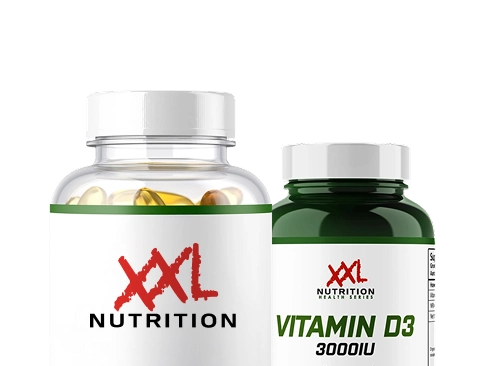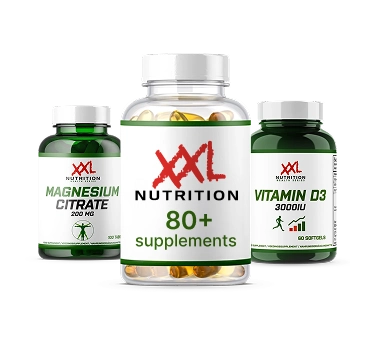Cardiovascular disease is the world’s leading cause of death, claiming nearly 17.9 million lives each year, or 32% of all global fatalities. It affects people across all age groups and often advances without obvious symptoms. In fact, roughly 20% of heart attacks are considered “silent,” meaning they occur without the chest pain, shortness of breath, or warning signs most people expect.
hat’s why waiting for symptoms is a dangerous approach. In this guide, we break down the essential heart screenings: which tests matter, when to start, and how to understand your personal risk profile. Let’s dive in!
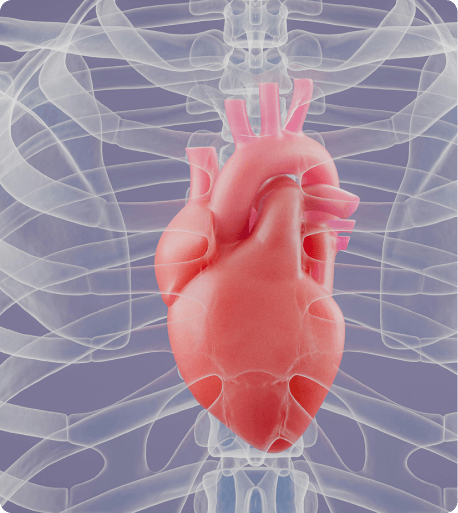
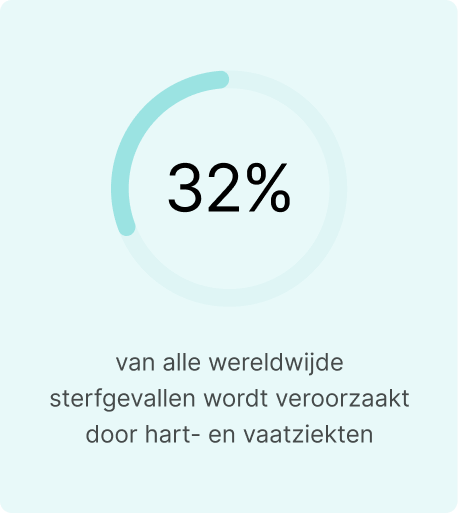
What Is heart health and the role of screening?
Heart health refers to how well your heart and blood vessels support your body’s needs. A healthy heart maintains a steady rhythm, regulates blood pressure and cholesterol levels, and ensures that oxygen-rich blood reaches vital organs. When your cardiovascular system is in balance, it supports everything from brain function to physical endurance.
But here’s the challenge: many cardiovascular problems develop quitely. You can feel fine while risks like high blood pressure, clogged arteries, or abnormal heart rhythms slowly build over time. That’s where cardiovascular screenings become essential.
A cardiac screening is a preventive health check that looks for early signs of heart and vascular disease, often before symptoms appear. Depending on your risk factors, it may include:
- Blood pressure screenings
- Cholesterol and blood sugar tests
- Electrocardiogram (ECG/EKG)
- Heart rhythm monitoring
- Advanced imaging, such as calcium scoring or echocardiography

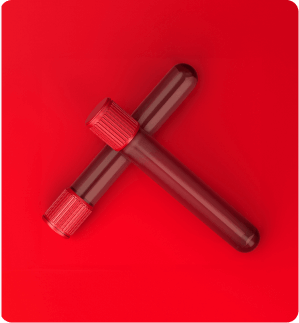
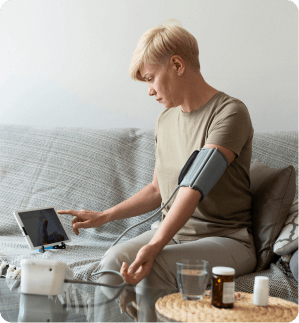
The goal of screening for heart disease is not just early detection, it’s prevention. With the right insights, you and your doctor can make informed lifestyle changes, initiate treatment if necessary, and lower your long-term risk of heart disease.
Types of heart health screenings and check-ups
Heart checkups vary in complexity, but together, they form a comprehensive view of your cardiovascular risk. Below are the most common and clinically recommended heart health tests, organized by their purpose and relevance.
Blood pressure measurement
- Purpose: Detect early or chronic hypertension
- Recommended for: Everyone age 18+
- Frequency: Every 1–2 years (or more if elevated)
Blood pressure checks are often the first step in assessing heart health. High blood pressure (hypertension) increases the risk of heart attack, stroke, and heart failure, even when no symptoms are present. A normal reading is below 120/80 mm Hg. If your blood pressure is elevated (130/80 mm Hg or higher), you may need lifestyle changes or medication. Adults should have this cardiac screening test at least every two years, or more frequently if they have risk factors like obesity, diabetes, or a family history of cardiovascular disease.
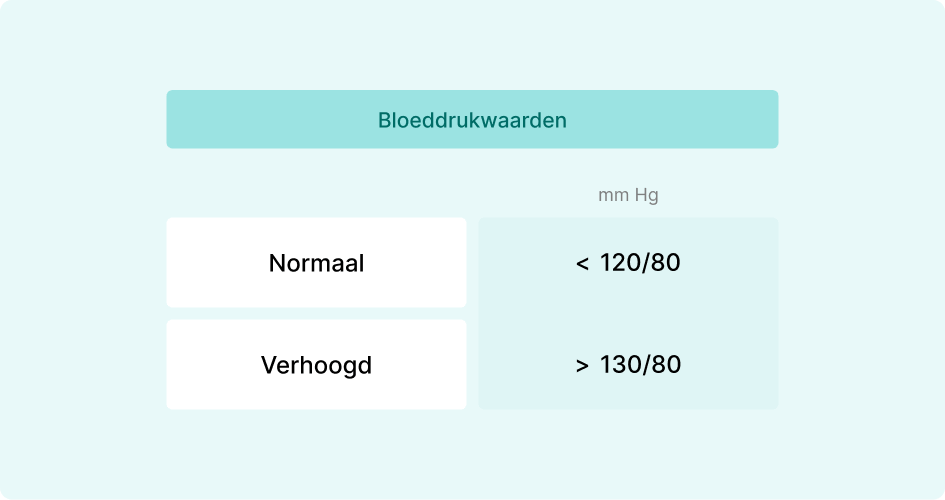
Cholesterol test (Lipid Profile)
- Purpose: Assess cholesterol-related heart disease risk
- Recommended for: Adults over 20
- Frequency: Every 4–6 years (more if high risk)
A cholesterol panel measures total cholesterol, LDL (bad cholesterol), HDL (good cholesterol), and triglycerides. Elevated LDL and triglyceride levels can lead to plaque buildup in the arteries, narrowing them and restricting blood flow. Ideally, total cholesterol should be under 200 mg/dL, LDL under 100 mg/dL, HDL over 60 mg/dL, and triglycerides under 150 mg/dL. This cardiac health screening is typically done every 4–6 years starting at age 20, but more frequently if you’re at high risk.
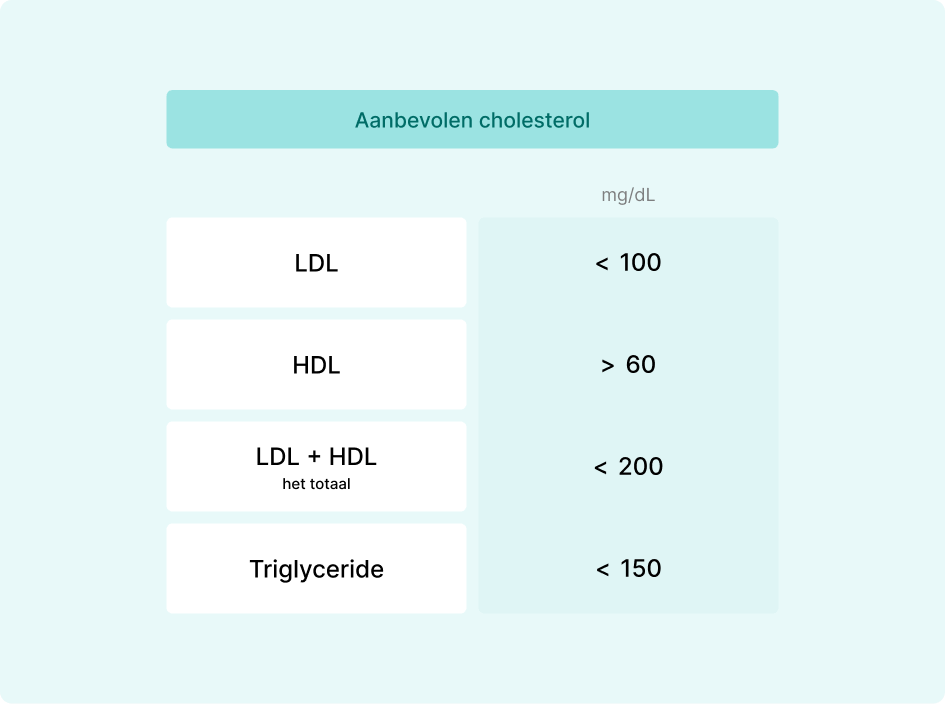
Blood sugar and HbA1c test
- Purpose: Screen for diabetes and prediabetes
- Recommended for: Adults over 35 or younger if overweight
- Frequency: Every 3 years (or annually if elevated)
Diabetes and prediabetes dramatically increases your risk of cardiovascular disease. A fasting glucose test or HbA1c (which measures average blood sugar over three months) helps detect abnormal glucose regulation. An HbA1c of 6.5% or higher indicates diabetes. Cardiovascular disease screening should begin earlier if you’re overweight or have high blood pressure, high cholesterol, or a family history of diabetes.
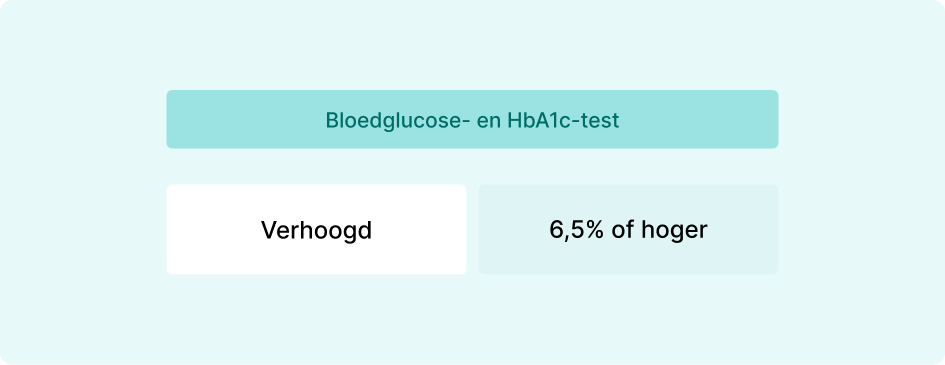
Electrocardiogram (ECG or EKG)
- Purpose: Monitor heart rhythm and detect silent heart damage
- Recommended for: Adults over 40 or symptomatic individuals
- Frequency: As part of check-ups or based on symptoms
An ECG measures your heart’s electrical activity and can detect arrhythmias, signs of a past heart attack, and heart muscle strain. It’s a painless test that takes just a few minutes and is often included in annual heart health tests, especially for adults with symptoms such as palpitations, fatigue, or chest pain.


Coronary calcium scan
- Purpose: Measure calcified plaque in coronary arteries
- Recommended for: Adults 45–75 with moderate risk
- Frequency: Once to clarify risk, if needed
This CT scan detects calcium deposits in your coronary arteries—a sign of plaque buildup and a strong predictor of future cardiac events. The scan generates a coronary calcium score: 0 indicates low risk, while scores above 100 suggest moderate to high risk. It’s most appropriate for individuals who fall into the intermediate risk category and need a clearer picture of their heart disease risk.
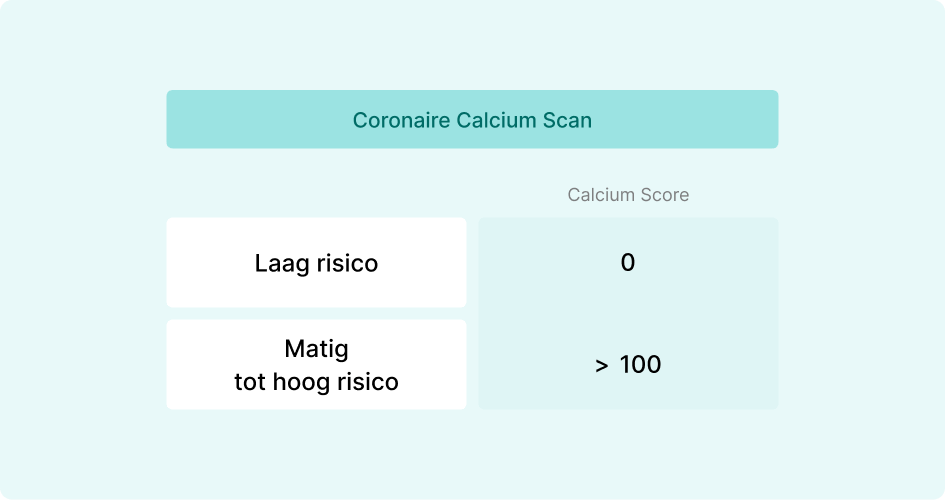
Echocardiogram
- Purpose: Evaluate heart structure, valve function, and pumping strength
- Recommended for: Anyone with symptoms or diagnosed heart disease
- Frequency: As needed, depending on condition
An echocardiogram uses ultrasound to visualize your heart chambers, valves, and pumping function in real-time. It helps diagnose heart failure, valve disorders, and structural abnormalities. This cardiovascular disease screening is often recommended when physical symptoms like breathlessness, swelling, or abnormal heart sounds are present, or to monitor known cardiac conditions.
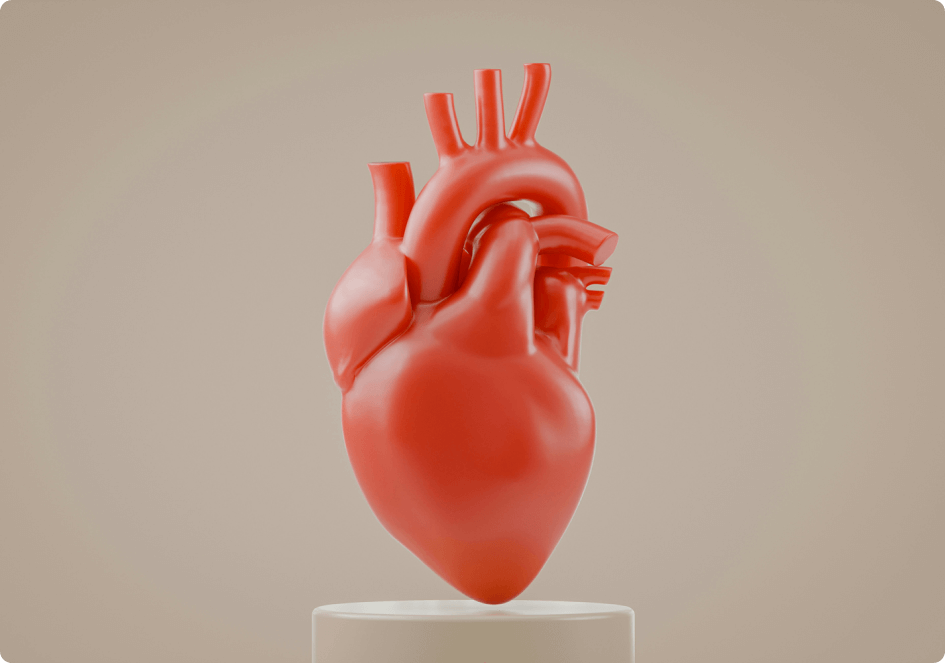
Exercise stress test
- Purpose: Assess heart performance during physical activity
- Recommended for: Adults with chest pain or high cardiovascular risk
- Frequency: As advised by a cardiologist
This stress test evaluates how well your heart handles exertion. You’ll walk or run on a treadmill while your heart rate, rhythm, and blood pressure are monitored. It can uncover reduced blood flow to the heart or exercise-triggered arrhythmias. Stress tests are commonly used for patients with chest discomfort or those with known risk factors who experience fatigue or shortness of breath during activity.
High-Sensitivity C-Reactive Protein (hs-CRP)
- Purpose: Measure low-level inflammation linked to heart disease
- Recommended for: Adults with borderline risk or family history
- Frequency: As a supplement to lipid tests
The hs-CRP heart screen measures chronic, low-level inflammation, a known contributor to atherosclerosis. A CRP level above 3 mg/L may indicate higher cardiovascular risk, even in people with normal cholesterol. It’s especially useful for evaluating risk in people with borderline lipid profiles or a family history of early heart disease.
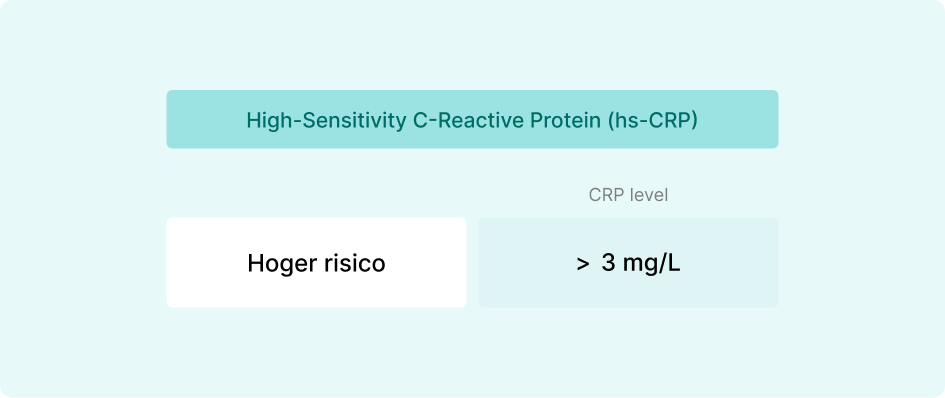
Ankle-Brachial Index (ABI)
- Purpose: Detect peripheral artery disease
- Recommended for: Older adults, smokers, diabetics
- Frequency: Periodically for high-risk individuals
This test compares blood pressure in your ankle and arm to identify peripheral artery disease (PAD), which can signal broader vascular problems. PAD often coexists with coronary artery disease and can go unnoticed until it causes leg pain or numbness. ABI is recommended for older adults, smokers, diabetics, or anyone with leg symptoms during activity.


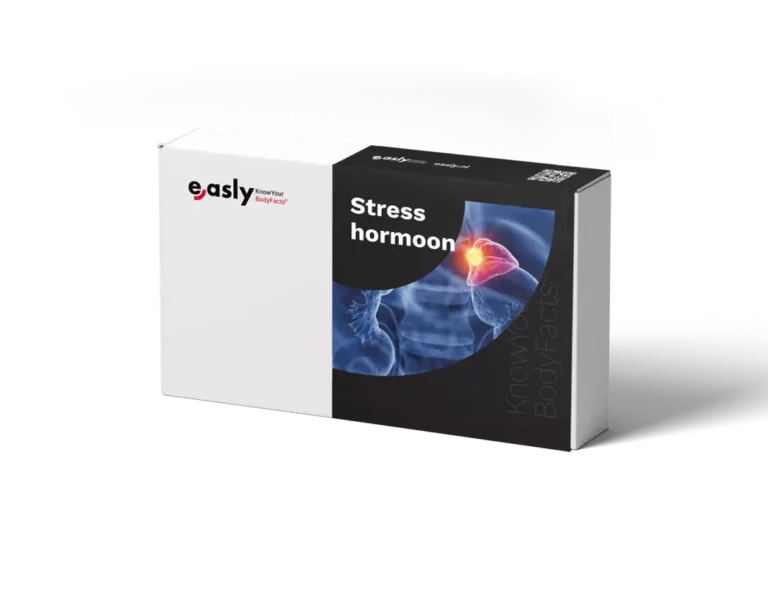
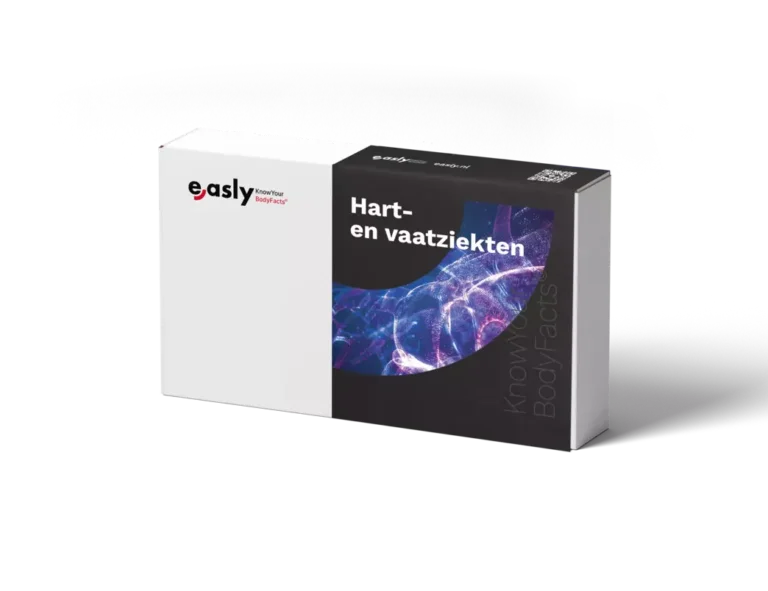
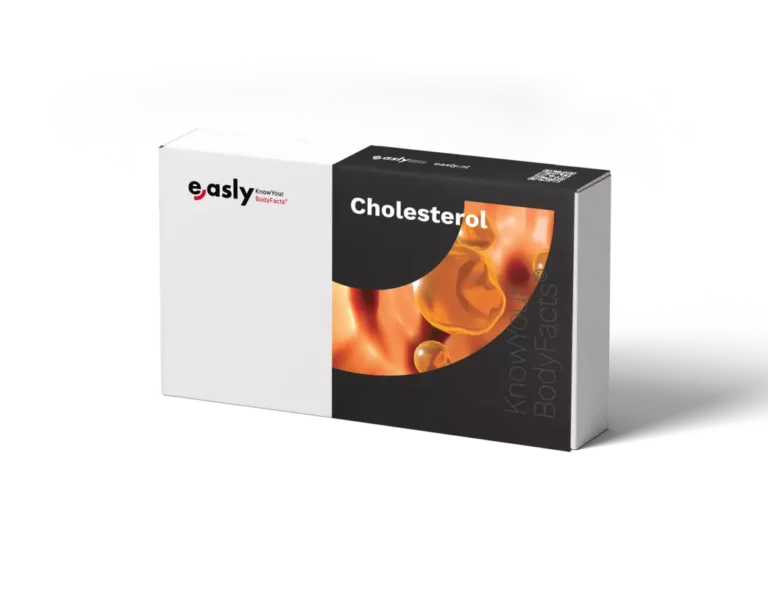
When should you get heart screenings
There’s no single age when heart health checkups suddenly become necessary. Instead, the need evolves with your risk factors, lifestyle, and life stage. While some tests help build a long-term risk profile, others are critical for early diagnosis and ongoing care. The table below summarizes which heart health screenings matter most, and when.
| Age group | Recommended examinations | Frequency | Why is this important? |
|---|---|---|---|
| 20–39 years old (low risk) | - Blood pressure - Cholesterol (lipid profile) - Blood sugar (if overweight or with a family history) | - Blood pressure: every 2 years - Lipids: every 4 to 6 years - Blood sugar: if necessary | This is your baseline phase. Even if you have no symptoms, early screening helps detect hidden risks and establish a baseline. |
| 40–59 years old (increasing risk) | - Blood pressure - Cholesterol and blood sugar levels - ECG - Coronary calcium scan (in cases of uncertain risk) - Stress test (in cases of symptoms) | - Blood pressure: annually - Lipids/blood sugar: every 1 to 3 years - ECG/imaging: depending on risk or symptoms | Risk factors often accumulate at this age. Regular check-ups enable the silent progression of the disease to be detected in good time. |
| 60 years and older (high risk) | - All of the above - Echocardiogram - Heart rate monitoring (e.g. for atrial fibrillation) - Ankle-brachial index - hs-CRP blood test | Generally annual or semi-annual, depending on your medical history. | The focus is on early diagnosis, monitoring existing conditions and preventing complications. |
| Any age group at high risk | - All of the above as clinically indicated - Coronary imaging - Advanced laboratory tests (e.g., lipoprotein(a), CRP) | Personalised plan drawn up by your doctor. | For smokers, diabetics, people with autoimmune diseases, kidney problems or a family history of early cardiovascular disease. |
Each stage of life comes with a different set of cardiovascular priorities. In your 20s, it’s about prevention. In your 40s and 50s, it’s about risk management. After 60, it becomes a matter of active monitoring and intervention. For high-risk individuals, age is secondary—heart health screenings begin earlier and are more targeted.
Conclusion
Cardiovascular disease remains one of the leading causes of preventable death worldwide, and it rarely starts with a dramatic symptom. Instead, it builds quietly over years through elevated blood pressure, subtle cholesterol changes, or silent inflammation. That’s what makes heart disease screenings so essential.

Whether you’re in your 20s building a baseline or in your 60s managing known risks, the right screenings can shift the trajectory of your health. From basic checks like blood pressure and cholesterol to more advanced imaging and rhythm monitoring, each test offers insight. Together, they form a roadmap, not just to detect disease, but to prevent it.
If you’re unsure where to start, consider taking a preventive health screening or a self-test for heart health with Easly. This can give you a clearer picture of your current risk and guide your next steps.
Sources
- World Health Organization – Cardiovascular diseases.
- Centers for Disease Control and Prevention. (2023). Heart disease facts and statistics.
- Easly – Cholesterol home test.
- Easly – Diabetes test.
- The Ohio State University Wexner Medical Center. (2023). Heart screening may save lives, new research suggests.
- Easly – Burn-out Stress Test.
- Volksgezondheid en Zorg – Preventie van hart- en vaatziekten.
- Easly – Kidney function test at home





